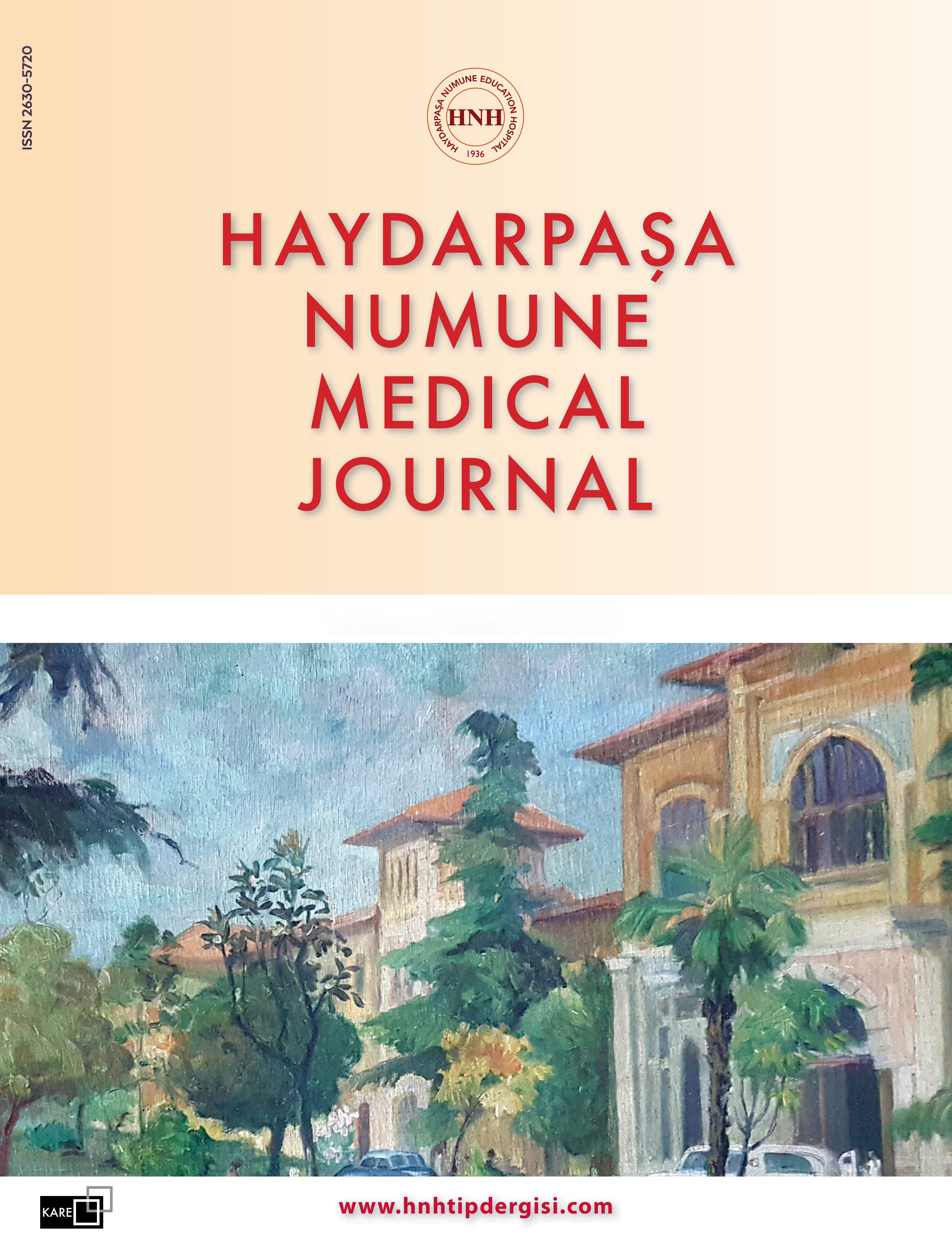Risk of Hepatocellular Carcinoma Development in Chronic Hepatitis C Patients Who Achieved a Sustained Virological Response With Interferon-Based Treatments
Özgür Bahadır1, Ayça Saltürk1, Mevlüt Kıyak1, Halil Şahin1, Emine Kanatsız1, Nurgül Ceran2, Serpil Erol2, Fatih Güzelbulut11Department of Gastroenterology, University of Health Sciences Turkey, Haydarpaşa Numune Training and Research Hospital, İstanbul, Türkiye2Department of Infection Diseases, University of Health Sciences Turkey, Haydarpaşa Numune Trainingand Research Hospital, İstanbul, Türkiye
INTRODUCTION: We aimed to evaluate hepatocellular carcinoma (HCC) risk in patients who achieved an sustained virological response (SVR) with interferon (IFN)-based treatments at long-term follow-up.
METHODS: In this retrospective study, we reviewed the data of patients with Chronic hepatitis C who received IFN-based treatments between January 2004 and July 2015 and had achieved SVR. Eighty-two patients who met the inclusion criteria were included in the study. Laboratory test results, liver biopsy results, and imaging findings at the start of treatment were recorded. Serum HCV RNA results at the start, the end and the 24th week after completion of treatment, and HCV genotype were also recorded. Follow-up was the time interval between the end of therapy and HCC diagnosis or the date of last available imaging in the absence of HCC. When any new lesion has appeared on USG, then patients underwent triphasic computed tomography or dynamic magnetic resonance imaging. HCC was diagnosis according to guidelines.
RESULTS: In our cohort, 10 (12%) patients had advanced fibrosis or cirrhosis. After 88 months of mean follow-up duration, 3 of 82 (3.7%) patients developed HCC. The mean time between the end of treatment and HCC development was 91 months. Two patients who developed HCC had cirrhosis, while 1 had F1 fibrosis at the start of treatment. However, the noncirrhotic patient had concomitant nonalcoholic liver disease and developed cirrhosis during follow-up, and had cirrhosis at the time of HCC diagnosis. One patient had genotype 1 and one had genotype 2 HCV, while genotype was not determined in 1 patient. Two of these patients had diabetes mellitus.
DISCUSSION AND CONCLUSION: HCC can be developed even in patients who achieved an SVR after years of IFN-based treatments. Particularly, patients with advanced fibrosis or cirrhosis must be under surveillance for HCC indefinitely. Patients with no-mild fibrosis should also be under surveillance for HCC if they had another risk factors for cirrhosis.
Keywords: Hepatitis C, Hepatocellular carcinoma, Interferon.
Manuscript Language: English
















